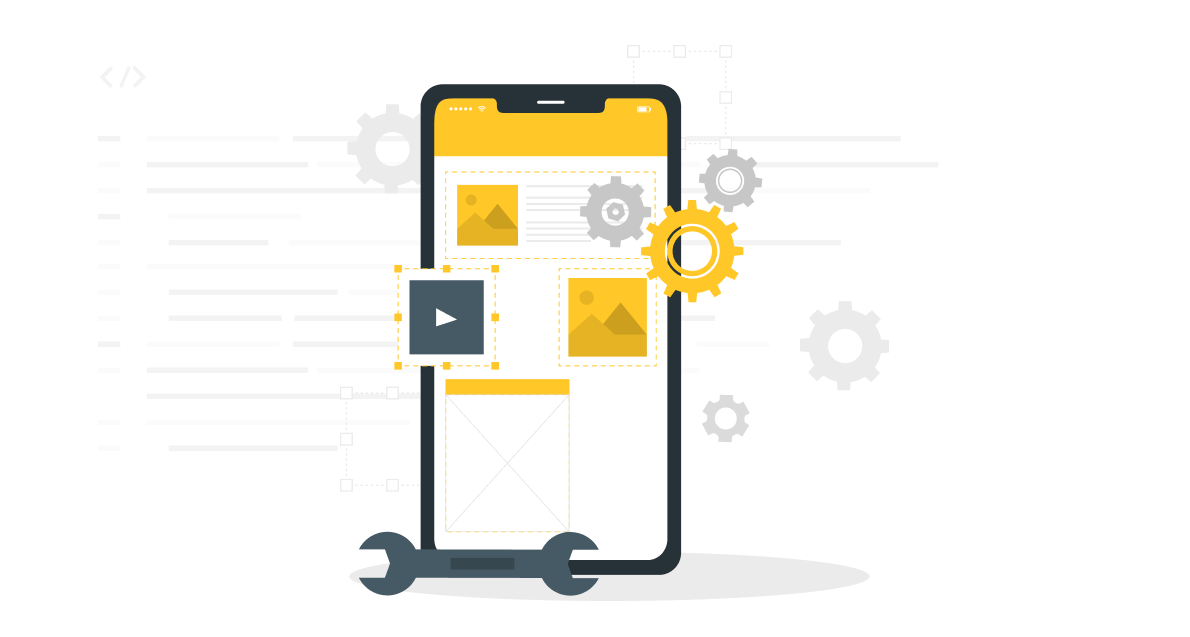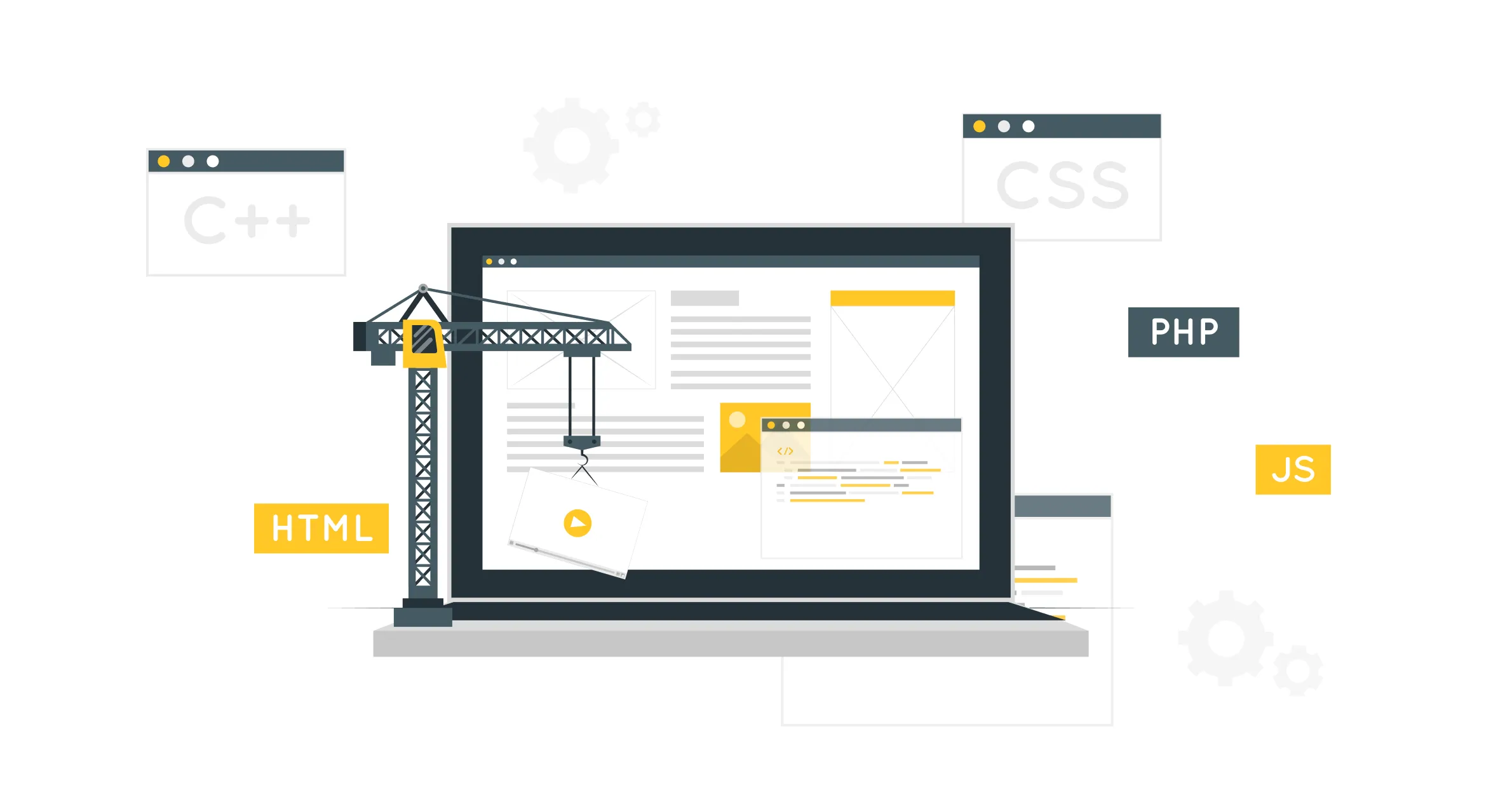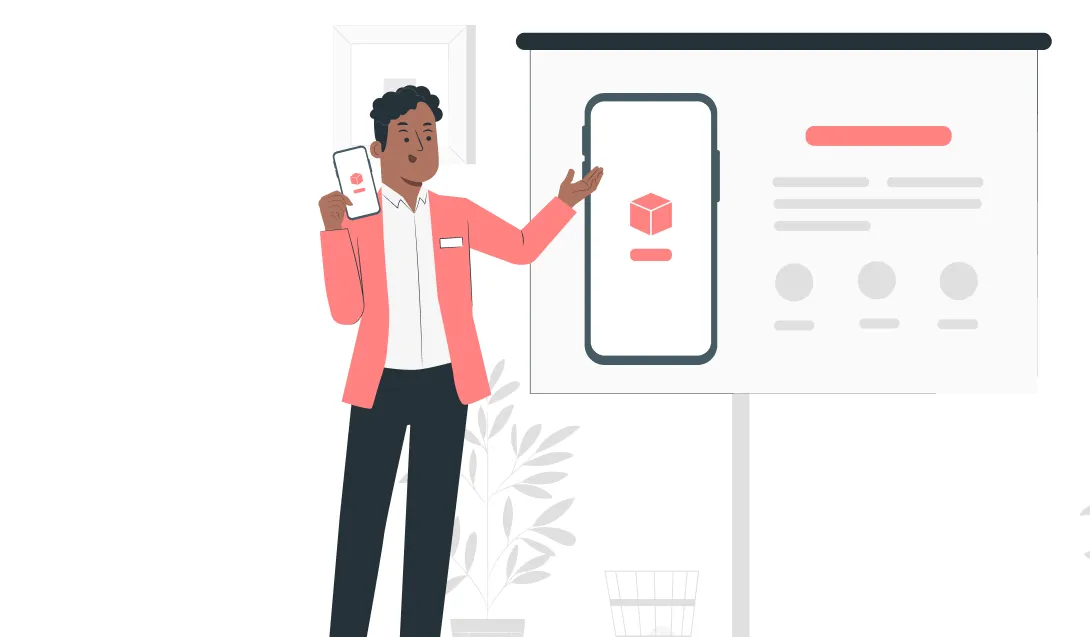Stages of Mobile App Development
Creating a successful mobile app for Android and iOS is a complex and multi-stage process that requires careful planning and execution. In this article, you will learn about the main stages of mobile app development from ideation and task setting to the release of the finished product.

Product Analytics
This is an important stage where the idea begins to take shape. Product analytics is the process of collecting, analyzing, and interpreting data about the product to improve it. It helps companies understand how users interact with their product, what they like and dislike, and how to make it more user-friendly and appealing. Key tasks of analytics as a stage of mobile app development include:
- Data collection and analysis;
- Interpretation;
- Visualization.
Product analytics is an important stage of Android and iOS mobile app development for any developer who wants to improve the product and increase competitiveness in the market. This process is present throughout the project lifecycle to better understand consumer needs and, if necessary, correct errors and introduce new functionality.
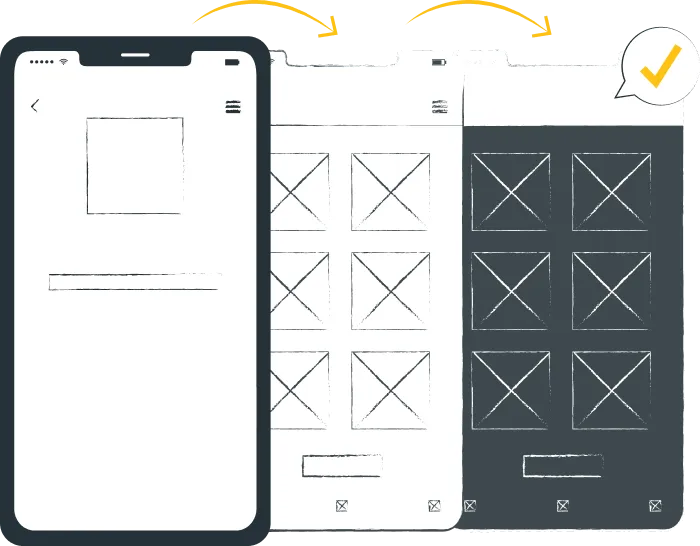
Specification and Wireframes
Specification is a detailed document that describes all the requirements for the mobile application being developed for Android or iOS operating systems. It serves as a roadmap for the development team and helps them understand what exactly needs to be created. The specification includes such data as:
- Requirements for the software product;
- Network interface for software interaction;
- Development and testing environment;
- User scenario of the software product.
Wireframes are black and white prototypes of the application interface that allow you to visualize its structure and elements. Designers need to consider the layout and interaction of these elements, and envision the navigation structure.
Creating a specification and wireframes is a stage from which the accuracy of estimation and planning of the created mobile application will depend, as well as the final result, because the clearer the specification is described, the easier it will be for the team to work.
Estimation and Planning
Estimation and planning is a stage of mobile app development that allows you to determine its cost, completion time, and required resources. At this stage, you need to perform such project tasks as:
- Assess the scope of work;
- Determine the complexity of each stage;
- Estimate the cost of project development;
- Compile a calendar plan and determine the time for completing each task;
- Assemble a team of developers, designers, and other technical specialists.
Thorough estimation helps reduce risks and identify possible errors at the initial stages of mobile app development, as well as carefully plan the entire work process.
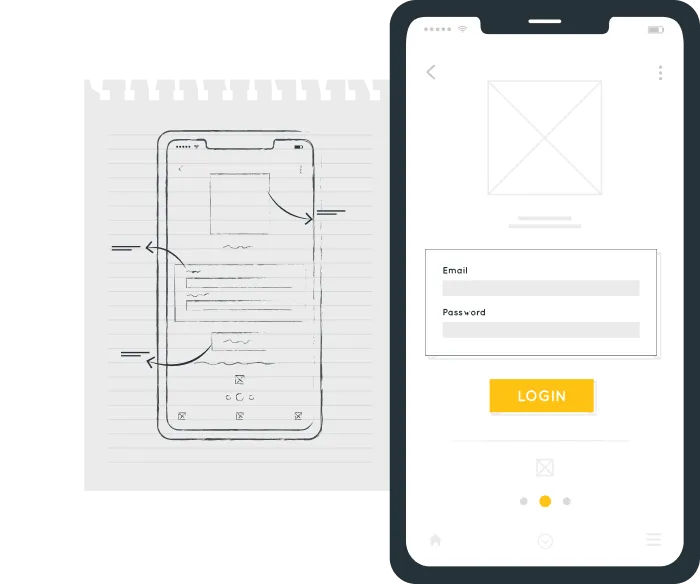
Design
Design is one of the most crucial stages in mobile app development. It not only affects the appearance of the application but also its usability, functionality, and attractiveness to users. Among the key tasks of mobile app design development are:
- Creating a brand style;
- User interface development;
- Ensuring user-friendly navigation;
- Enhancing visual appeal with illustrations and animations.
There are two key design planning approaches – flat design and skeuomorphism. The first involves creating simple forms, while the second involves using elements that mimic real objects. The choice of approach depends on the target audience, application functionality, and operating system. The design of the project should be functional and appealing, providing users with a pleasant experience.
During the design process, it is essential to consider colors, overall style, and the layout of elements to make it convenient for users to use all functions without extra effort. Prototypes of the final project are also created at this stage. Good design is an investment in the future of your mobile application and the stable development of the project.
Programming
Programming is a stage of mobile app development where the application is created directly using a programming language. This process looks as follows:
- Planning – defining the architecture of the application, choosing a programming language, and frameworks.
- Development – writing code for the client and server parts of the application.
- Testing – checking the functionality of the application on various devices and operating systems.
- Debugging – fixing errors found during testing.
- Publishing – placing the application in the App Store and Google Play stores.
Programming is a complex and labor-intensive process, but it is the key to creating a quality software product. Depending on the method of programming chosen by developers and technical specialists, it is possible to implement the project through several cycles to achieve the greatest efficiency.
Testing
Testing is one of the stages of mobile app development that ensures its quality, functionality, security, and compliance with user expectations. Among the key tasks of testing the functionality of implemented solutions are:
- Checking the functionality of the application;
- Verifying compliance with layout mockups;
- Testing on various devices and operating systems;
- Evaluating ease of use;
- Checking for vulnerabilities;
- Measuring performance speed in different conditions and resource consumption.
Manual and automated testing using specialized tools are distinguished. At this stage, the stability of the application's operation under different usage conditions is tested.
Testing is a process that helps identify potential errors and inconveniences for the user, which is crucial for launching the application.
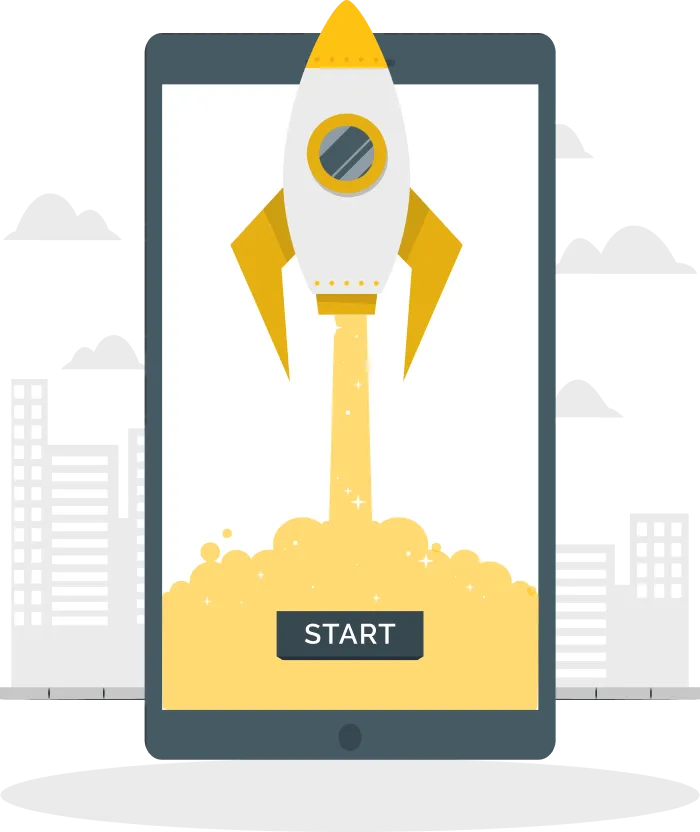
Application Launch
Application launch is the final stage of mobile app development, after which it becomes available to users. At this stage, the application is published in the App Store and Google Play stores. Active project promotion is also carried out through ASO optimization and collecting user feedback.
Technical Support and Project Development Stage
It is essential not only to develop a mobile application but also to provide its support and further development. The project development stage includes analyzing feedback from users, making improvements, and adding new features in line with market requirements and changes in user needs. It is also crucial to pay attention to bug fixing.

